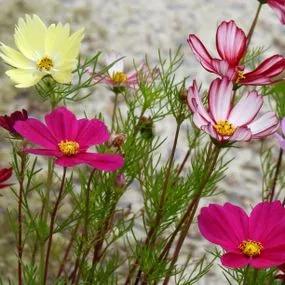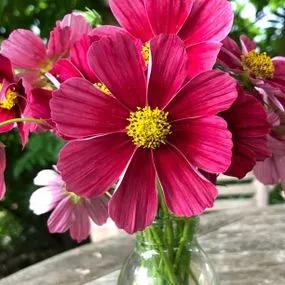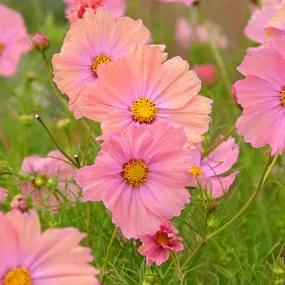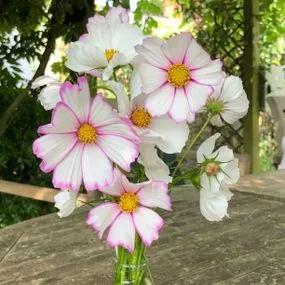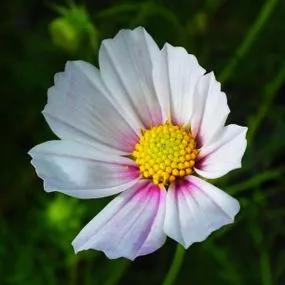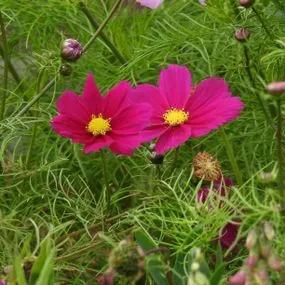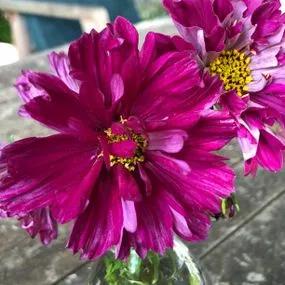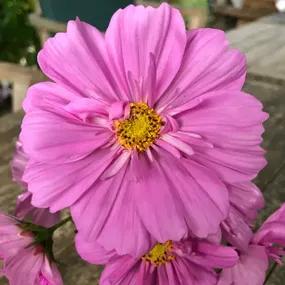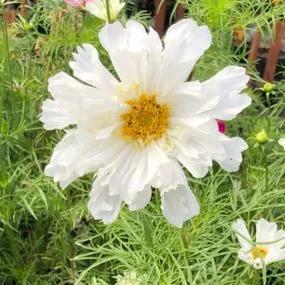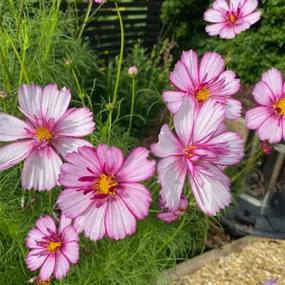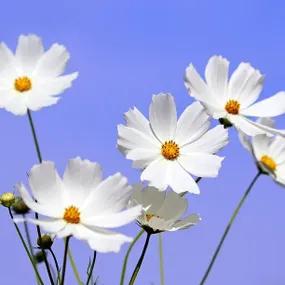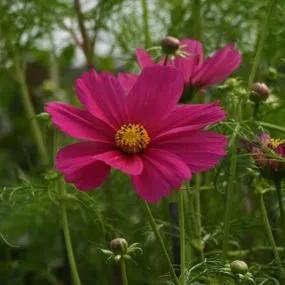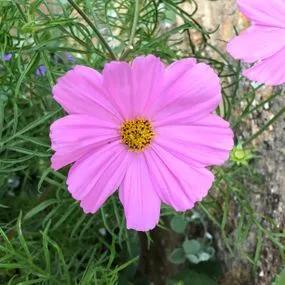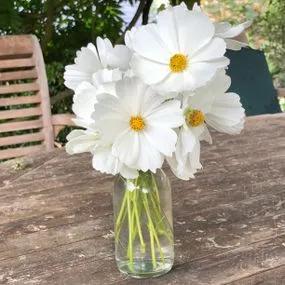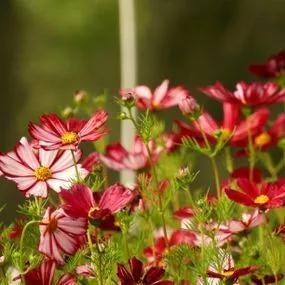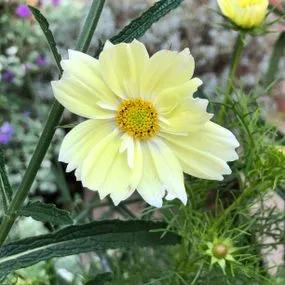Subscribe to our newsletter & be the first to know when Cosmos & Sweet Pea Seedlings are available to order
- You can't plant them outdoors until the last frost has passed
- Last frost is around mid-April in most of the UK, up to mid-or-late-May in colder inland Northern and Scottish gardens.
Germinating your own seeds takes up a lot of space, attention, and time.
Buying "ready-made" seedlings gets you the right number of the best quality plants, delivered right when you want to plant them, all ready to start flowering within a matter of days: just add water!
Browse herbaceous perennials instead.
Please note that mail order annual plants are not covered by our guarantee, because they are annuals or biennials that are supposed to last less than a year after you receive them.
- Order now, pay later: we don't charge your card until before delivery
- When your order is ready: your seedlings are delivered by next working day courier (not the next working day after ordering!)
- Friendly support: if there is anything wrong with your plants when you inspect them, Contact Us within 5 working days
What are Bedding Plants?
There is some overlap in practical use between annual or biennial plants, frost-tender perennials, and tubers like Dahlias that are often lifted at the end of each season: in general, the plants in this section are meant to be treated as annual bedding (i.e. thrown on the compost after they flower), even if they are technically perennials, unless otherwise stated.
Bedding is a garden design category including all sorts of short-lived ornamental plants, meant to be planted out for one season and thrown on the compost after they flower.
They are usually planted around perennials, bulbs and shrubs in borders to fill space, covering bare soil and packing in as many flowers as possible!
- Some are annuals and biennials that look good for one season.
- Others are tender perennials that won't survive Winter.
- Spring / Summer bedding is planted out in Spring before it fully blooms, after the frosts.
- Autumn / Winter bedding is planted out in Autumn and to flower whenever temperatures allow, or in early Spring.
Some of the most famous bedding plants are Cosmos, Violas, Pansies, Wallflowers and Nemesias.
Sweet peas are versatile annual climbers that are often deployed on wigwams of bamboo canes, adding height and volume.
Grow them in flower beds, trailing out of hanging baskets, or in patio pots – anywhere you can keep them watered.
Which bedding plants should I choose?
All common bedding plants are pretty and straightforward to grow: that's precisely why they are so popular!
- Sweet Peas are prized for their superb fragrance, often grown for bringing indoors to grace the entire house with their lovely summer scent. Their vase life is good, filling the cutting garden abundantly May-September. They fix nitrogen and so thrive in poor soil, but require plenty of water and a touch of potash and phosphate fertiliser for an optimal display.
- They require some simple support: a sturdy wigwam of 2-2.5 metre sticks pushed into the ground will do. Deadhead flowers before they fade, and never let them form seeds.
- Cosmos are resilient and disease free, blooming May till late autumn: harvest flowers early and often, they will bush out and produce a lot more!
How does Ashridge select the best bedding plants?
One does not simply produce a high-quality seedling using substandard seeds! The better the seed, the better the plant.
- We grow our own bedding plants from new, quality seeds in peat-free compost, under carefully controlled conditions. The stage is set for great results!
- We harden off our seedlings at night and pinch out their growing tips at the perfect time to make tough, bushy plants that won't wilt from surprise out in your garden!
- All of our nursery & warehouse staff know what is an acceptable specimen for our customers, and rejects go straight onto the compost pile (unless John takes them home)!
How do you maintain bedding plants to last longer?
- Water with diluted liquid fertiliser every week or two in the growing season.
- Pinch off the tips of developing stems to encourage branching & thus more flowers.
- Deadhead flowers when they begin to tire, and certainly before they make a seedhead.
How to Plant Flower Seedlings
Bedding likes full sun, and needs consistent moisture when in flower, so it pays to incorporate plenty of organic matter into the soil in advance of planting day. Consider using an irrigation pipe, especially if you are planting a large area.
As long as they don't dry out, none of them are fussy plants, but for the absolute best displays, Wallflowers like soil enriched with fertile compost or well rotted manure.
Cosmos and Sweet Peas are fine in relatively poor soils, enriched with leaf mould, coconut coir, or your least fertile compost, and will thrive with a little fertiliser while they are in full flower.




